Home insurance affordability stress is on the rise as living costs soar. Reports show a big hike in rates, causing homeowners to struggle.
As the cost of living continues to rise, Australians are feeling the pinch in various aspects of their lives, and home insurance is no exception. Recent reports, including one from the Actuaries Institute in 2024, have highlighted a significant increase in insurance rates, leaving many homeowners grappling with what is now termed “home insurance affordability stress.” In this blog, let’s look deeper into its definition, reasons behind the rising costs, and offer some practical strategies to help ease the burden of paying higher property insurance rates.
What is Home Insurance Affordability Stress?
Home insurance affordability stress occurs when the cost of insuring one’s home becomes a significant financial strain on a household. This situation can force homeowners to choose between maintaining adequate insurance coverage and meeting other essential expenses, such as mortgage payments, utilities, and groceries.
The Actuaries Institute’s Home Insurance Affordability and Home Loans at Risk Report brought attention to the growing concern of affordability stress in Australia. The report highlights that rising insurance premiums are outpacing wage growth, making it increasingly difficult for many households to afford comprehensive coverage. It categorised home insurance affordability stress in terms of pressure on how many week’s gross household income is needed to pay off home buildings and contents premiums, ranging from No Pressure to Extreme Pressure, as determined by the Australian Actuaries Home Insurance Affordability Index (AAHIA).
For instance, the percentage of households across the country that reported Extreme pressure was 15 per cent up from 12 per cent last year, or 1.6 million households, paying an average premium of $4,613. The number of weeks’ of gross income they need for paying varied from four weeks to 9.2 weeks. On the far end, the number of No Pressure households – paying $2,182 average premium – was judged at 4.3m down from 5.1m last year – in terms of percentages, that’s down from 49 per cent to 41 per cent. The AAHIA tags No Pressure households normally taking over a week’s gross income to pay the premium.
This issue is particularly pronounced in regions prone to natural disasters, where the risk of damage is higher and, consequently, so are the insurance premiums.
Increased Insurance Rates
Several factors contribute to the rising cost of home insurance in Australia.
Climate Change and Natural Disasters
Australia’s susceptibility to natural disasters such as bushfires, floods, and cyclones has been exacerbated by climate change. These events have become more frequent and severe, leading to higher claims for insurers. As a result, insurers are adjusting premiums to reflect the increased risk.
Rebuilding Costs
The cost of rebuilding homes after damage has surged due to inflation in the construction industry, driven by higher labour costs, supply chain disruptions, and increased prices for materials. Insurers factor these costs into their premiums to ensure they can cover potential claims.
Regulatory Changes
Changes in government policies and regulations, such as building codes and safety standards, can also impact insurance costs. Stricter requirements mean higher rebuilding costs, which are passed on to homeowners through increased premiums.
Insurance Market Dynamics
The insurance industry itself is subject to market dynamics, including competition, profitability, and investment returns. In periods of economic uncertainty or low returns on investments, insurers may increase premiums to maintain profitability.
Regions Most Affected by Home Insurance Affordability Stress
The Actuaries Institute report identified certain regions in Australia are experiencing higher levels of home insurance affordability stress due to their vulnerability to natural disasters and rising insurance costs. A mapping analysis of local government areas (LGA) had massive splotches of Extreme Pressure on the AAHIA scale, except Victoria.
For WA, Extreme LGAs include the entire Pilbara, Gascoyne (except Upper Gascoyne), and Northern Country. The other such areas around the country include NT’s MacDonnell, Victoria-Daly and the Roper Gulf, SA’s northwest region, four shires in southwest QLD (Burroo, Barcoo, Paloo, and Murweh) and the Gulf of Carpentaria coast in QLD’s Far North. However, when crosschecked against annual gross household income, some of those Extreme areas have incomes over $100k, such as the Pilbara, and QLD’s Burroo and Barcoo Shires.
Northern Queensland
Known for its high cyclone risk, Northern Queensland has some of the highest insurance premiums in the country. Homeowners in this region are particularly affected by affordability stress, as premiums have risen sharply in response to recent severe weather events. When checked through AAHIA, most of the QLD coastline is tagged for High Pressure – the only No Pressure LGA is Isaac Regional.
Western Sydney
While not traditionally associated with natural disasters, parts of Western Sydney are experiencing affordability stress due to increasing flood risks. Urban development in flood-prone areas has led to higher insurance premiums, placing pressure on households in this region. AAHIA analysis for the entire sector graded their LGAs at No or Low Pressure and their annual gross household incomes at over $100k, meaning they can somehow cope with paying higher premiums.
Coastal Areas
Coastal regions across Australia are also feeling the strain, as rising sea levels and the increased frequency of storms contribute to higher insurance costs. Homeowners in these areas face the dual challenge of protecting their properties from environmental threats while managing escalating premiums. The balancing act may be true – according to AAHIA, the only coastal areas in Australia that experience No or Low Pressure in affordability stress are southwest WA, SA’s coast and Victoria.
Easing Home Insurance Affordability Stress
While rising insurance rates can feel overwhelming, there are several strategies homeowners can adopt to ease the burden of paying higher premiums.
Shop Around for the Best Deal
Don’t settle for the first quote you receive. Shopping around and comparing policies from different insurers can help you find the most competitive rate. Many online comparison tools allow you to easily compare coverage options and premiums.
Increase Your Excess
Opting for a higher excess (the amount you pay out of pocket when making a claim) can reduce your premium. However, ensure that the excess amount is still affordable in the event of a claim.
Bundle Your Policies
Consider bundling any insurance policies you have with the same provider, especially if they have the same packages you took out with other insurers. Some policies may have options for bundle discounts.
Review and Update Your Coverage
Regularly review your insurance policy to ensure you’re not over-insured or paying for unnecessary coverage. For example, if the value of your home contents has decreased, you might be able to reduce your coverage and save on premiums.
Invest in Risk Mitigation Measures
Taking steps to reduce the risk of damage to your property can lead to lower premiums. This could include installing storm shutters, reinforcing your roof, or upgrading to more resilient building materials. Some insurers offer discounts for properties with risk mitigation features.
Consider a Strata Insurance
If you live in a strata-titled property, such as a townhouse or apartment, strata insurance may cover the building and common areas, potentially reducing the need for individual building insurance. Ensure that your strata insurance policy is comprehensive and covers all necessary risks.
Government Assistance Programmes
In some cases, government programs may be available to help offset the cost of home insurance, particularly in high-risk areas. Keep an eye on announcements from federal and state governments for any support measures that could alleviate your insurance costs.
Negotiate with Your Insurer
If you’re struggling to afford your premiums, consider contacting your insurer to discuss your situation. In some cases, insurers may be willing to offer flexible payment options or adjust your coverage to make it more affordable.
Explore Group Insurance Options
Some communities or homeowner associations negotiate group insurance policies on behalf of their members, which can lead to lower premiums. If this option is available in your area, it’s worth considering.
Conclusion
Home insurance affordability stress is a growing concern for many Australians as premiums continue to rise, driven by factors such as climate change, increased rebuilding costs, and market dynamics. The Actuaries Institute 2024 report has highlighted the regions most affected by these increases, underscoring the need for homeowners to find ways to manage their insurance costs.
By shopping around for the best deal, reviewing coverage options, and investing in risk mitigation measures, homeowners can ease the burden of paying higher property insurance rates. While the challenges are significant, taking proactive steps can help ensure that your home remains protected without breaking the bank.
DISCLAIMER: This article is for informational purposes only and is not meant to replace established insurance advice. The information listed is based on the most accurate data at time of writing. 2 Ezi is not affiliated with any home insurer or insurance industry body. Please consult your insurer for potential solutions.

